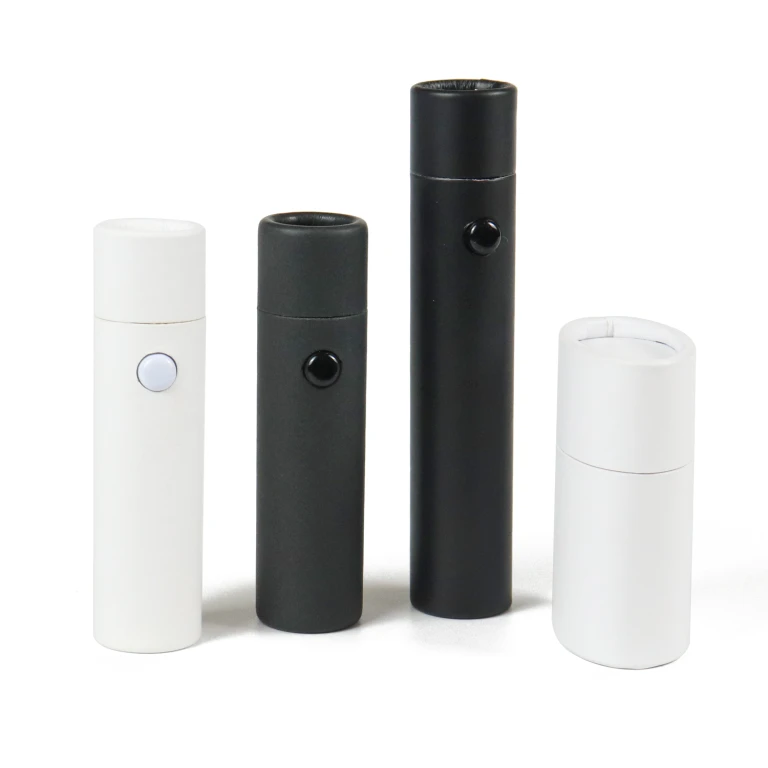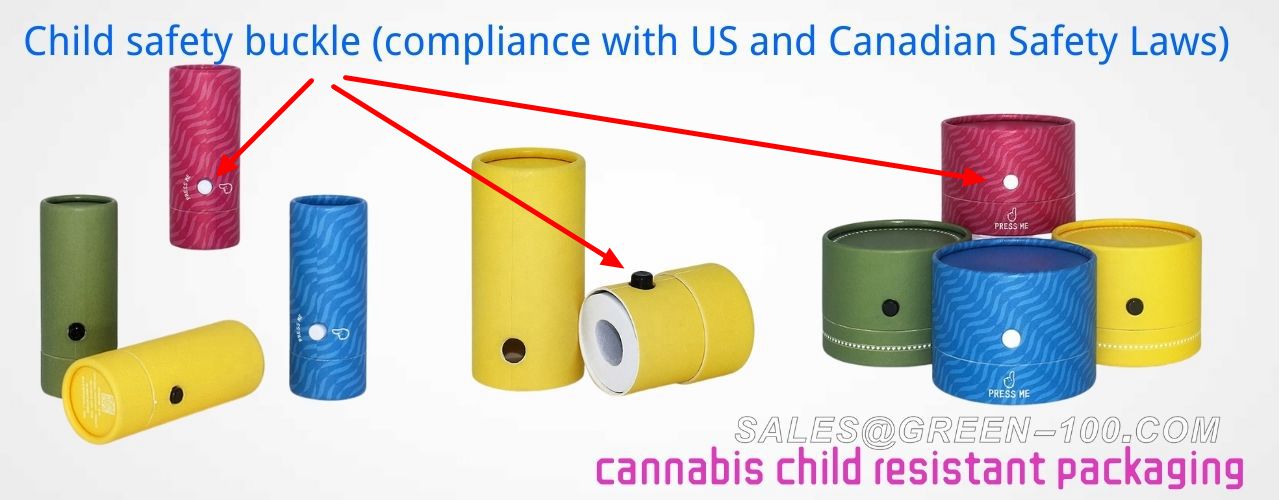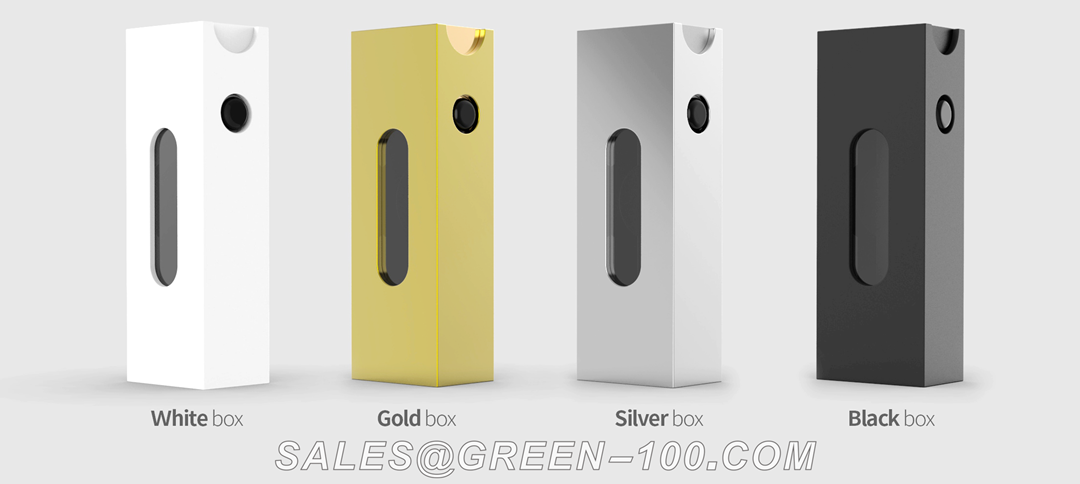FAQ
If you’re a cannabis business owner in the United States, you know that child-resistant packaging is mandatory. It’s not just something nice to have — it’s non-negotiable. However, what do you know about why this is true?
In Canada, Health Canada oversees the cannabis industry and is responsible for developing these regulations. Their requirements for child-resistant packaging have not only driven innovation in the cannabis industry, but these developments will likely be adopted into other industries that are required to adhere to strict child-resistant packaging guidelines.
With marijuana legalization sweeping the United States, products containing CBD (cannabidiol) and THC (tetrahydrocannabinol) are becoming more readily available to consumers. However, these cannabis-derived compounds are not without their risks. Ingesting or inhaling too much THC can cause a person to feel “high,” which may result in side effects like altered mood, impaired coordination, and even hallucinations. The consumption of accidental THC by children can be particularly dangerous; that’s why the use of child-resistant packaging is mandatory for all cannabis products in the United States.
While each state may have different laws regarding compliance, generally speaking, any cannabis product that is sold to a consumer must be packaged according to CPSC guidelines. These guidelines stipulate that products packaged in a way that is not “significantly difficult” for children under five years old to open are considered defective and are subject to failure of the Consumer Product Safety Act (CPSA).
Growers/processors: Growers and processors can be required by state law to package cannabis products in child-resistant packaging prior to selling or transferring them to retailers. Retailers: Retailers can be required by state law to sell or transfer cannabis products only in child-resistant packaging. The retailer is responsible for ensuring that packaging is properly affixed and sealed when sold or transferred to customers at retail; The retailer is also responsible for ensuring that any re-packaging done at the point of sale is done using child-resistant packaging; The retailer is also responsible for ensuring that any re-packaging done at the point of sale is done using child-resistant packaging; The retailer is also responsible
As a child-resistant package manufacturer, we take the safety of children seriously.
To be considered child resistant, cannabis packaging must adhere to the Consumer Product Safety Commission Guidelines. These guidelines state that a package must meet two criteria:
80% of children ages 42 to 51 months cannot open the package within 5 minutes.
90% of adults over 51 years old can open it within 5 minutes.
Cannabis packaging and labeling should be in full compliance with all state specific laws, regulations and requirements.
While there are no federal laws governing cannabis packaging and labeling (yet), each state has its own regulations that your packaging must comply with in order to sell cannabis products legally. This means that you must ensure your packaging and labeling is compliant both with the state you are selling in as well as any other states that might be receiving your product.
For example, if you are a California brand, your products may need to be labeled according to California law, but packaged according to Colorado law if you ship product to Colorado or Massachusetts. You may also need to consider labeling requirements for each individual city or county within a state.
The biggest mistake brands make is not checking their packaging with the appropriate agencies. A lot of brands don’t realize they have to go through this process. They’ll design a product, find a manufacturer, and then realize it’s only when the package is almost ready to go that they learn they need child resistant packaging compliance.
Child resistant packaging is a critical component of modern quality assurance and safety standards; however, it’s not always easy to get right. Here are some common mistakes brands make when it comes to child resistant packaging compliance:
Not testing with children. While standard package testing procedures often include a limited number of “testers” (usually adults), they rarely account for the fact that children are a primary target demographic for safe and effective child-resistant packaging. Make sure your product is tested with children as well as adults to ensure that it meets the proper safety standards for this special audience.
Failing to consider special populations. Specific populations, such as older adults and people with disabilities, can have trouble with child resistant packaging as well. If you want your product to be accessible to all, make sure that you test your packaging on individuals from different backgrounds and demographics before bringing it to market.
Not understanding the regulations regarding child resistant packaging. The Consumer Product Safety Commission has issued standards for child resistant packaging, including testing procedures and design specifications. It’s important for all
Using non-compliant packaging or closures. It’s critical to test your packaging to ensure it meets all requirements and regulations before you start manufacturing your product.
Failure to file the necessary paperwork with Consumer Product Safety Commission (CPSC) to certify your product as child resistant in the U.S. If your product is non-compliant, you can face heavy fines and penalties, including recalls. Being proactive by filing the proper paperwork can save you time and money.





